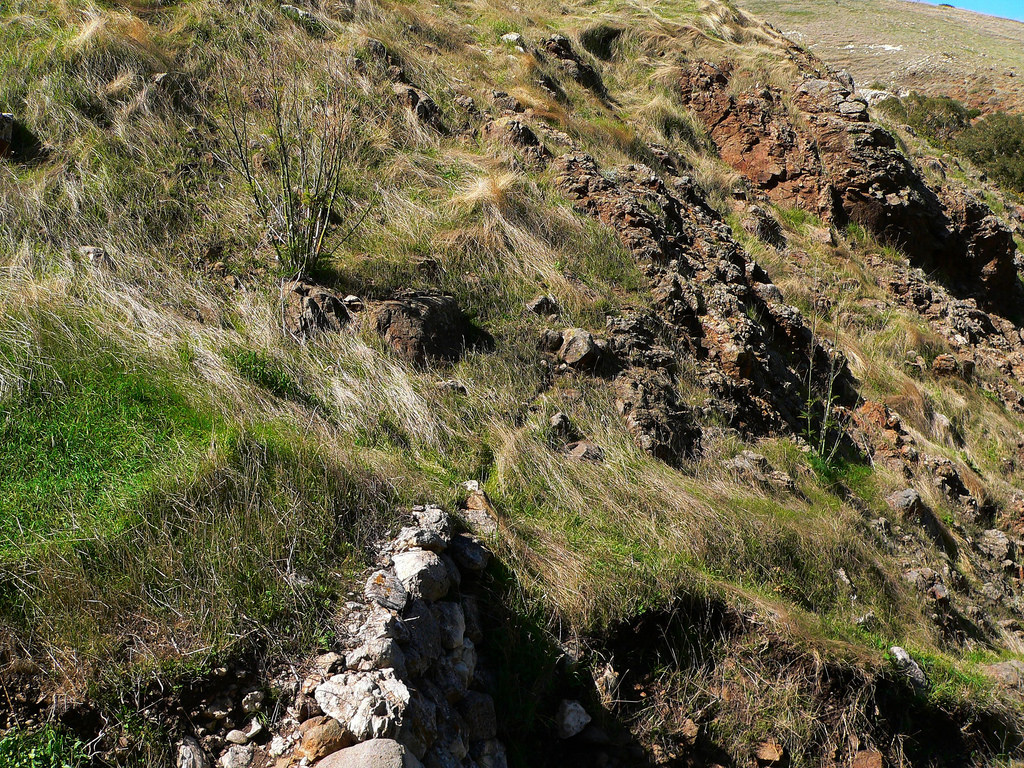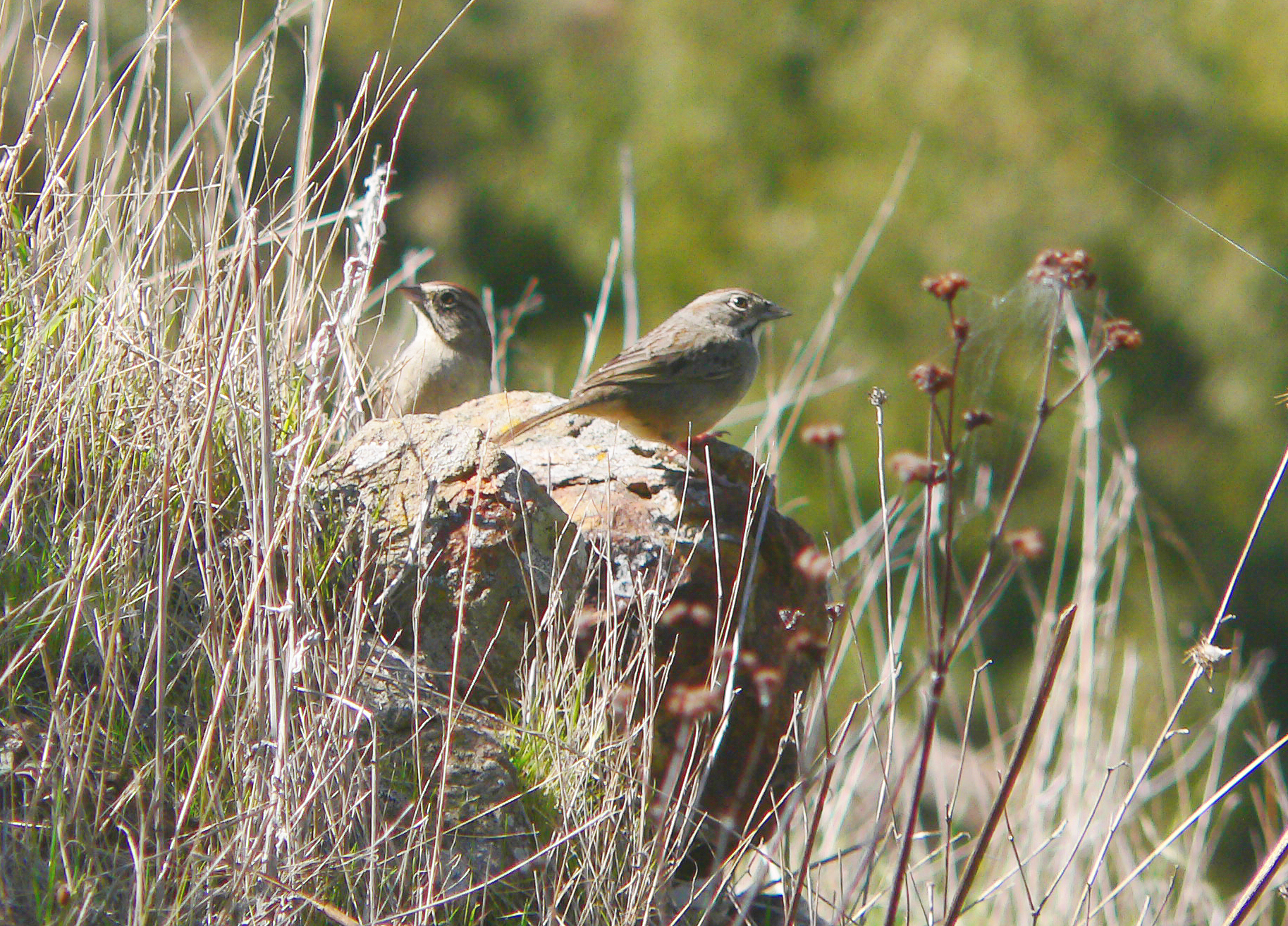December 4, 2024
The Ebiil Society: Champions of Palau
Ann Singeo, founder of our partner organization the Ebiil Society, shares her vision for a thriving Palau and a flourishing world of indigenous science!
We use cookies to help you navigate efficiently and perform certain functions. You will find detailed information about all cookies under each consent category below.
The cookies that are categorized as "Necessary" are stored on your browser as they are essential for enabling the basic functionalities of the site. ...
Necessary cookies are required to enable the basic features of this site, such as providing secure log-in or adjusting your consent preferences. These cookies do not store any personally identifiable data.
Functional cookies help perform certain functionalities like sharing the content of the website on social media platforms, collecting feedback, and other third-party features.
Analytical cookies are used to understand how visitors interact with the website. These cookies help provide information on metrics such as the number of visitors, bounce rate, traffic source, etc.
Performance cookies are used to understand and analyze the key performance indexes of the website which helps in delivering a better user experience for the visitors.
Advertisement cookies are used to provide visitors with customized advertisements based on the pages you visited previously and to analyze the effectiveness of the ad campaigns.
Looking to make an impact this Earth Month? Here’s how.

Santa Cruz Island has been plagued by invasive species for decades, but conservation efforts are helping to restore the native ecosystem.
The Santa Cruz Island ecosystem encountered cattle, sheep, and pigs for the first time ever when ranchers arrived in the 1800’s. Over the next century, these novel species would wreak havoc on the natural environment, pushing native animals to the brink of extinction. Most of the ranchers left the island by the 1980’s, and what was left behind was an ecological nightmare. Cattle and huge numbers of sheep overwhelmed the native vegetation. Feral pigs altered the physical and biological composition of the island. The Parks Service and The Nature Conservancy began removing the invasive species in the 80’s, and closed off most of the island in 2005 to complete the eradication projects.
Navigating Santa Cruz Island is not always straightforward. Some parts of the island are characterized by rugged and rocky terrain. The projects to remove the invasive species, however, are well worth the effort.

Brad Keitt, Director of Conservation at Island Conservation, notes that eradication was “not just a question of good stewardship but our moral imperative to do everything in our power to stop these extinctions and protect biodiversity.” Despite the challenges, total eradication is the best option in many infestation situations, especially on islands. Keitt added,
Eradications are simply the most cost-effective approach.
Eradication has already proven to benefit Santa Cruz island. Another conservationist working on the island, Christina Boser said,
Eradication efforts happening on the far northwest side of Santa Cruz island — the side few visitors get to see — had brought about the most remarkable change of all: cleared of invasives, the island’s native flora and fauna had returned beyond anyone’s expectations.

Many native species on Santa Cruz Island have already benefited from eradication, including the Island Fox, which recently lost its “endangered” status entirely after a close call with extinction. The hard work by conservationists is well worth the effort when native species begin to bounce back and thrive once again.
Featured photo: Coast of Santa Cruz Island. Felix’s Endless Journey/Flickr
Read the original article at The Verge
Check out other journal entries we think you might be interested in.
Notifications